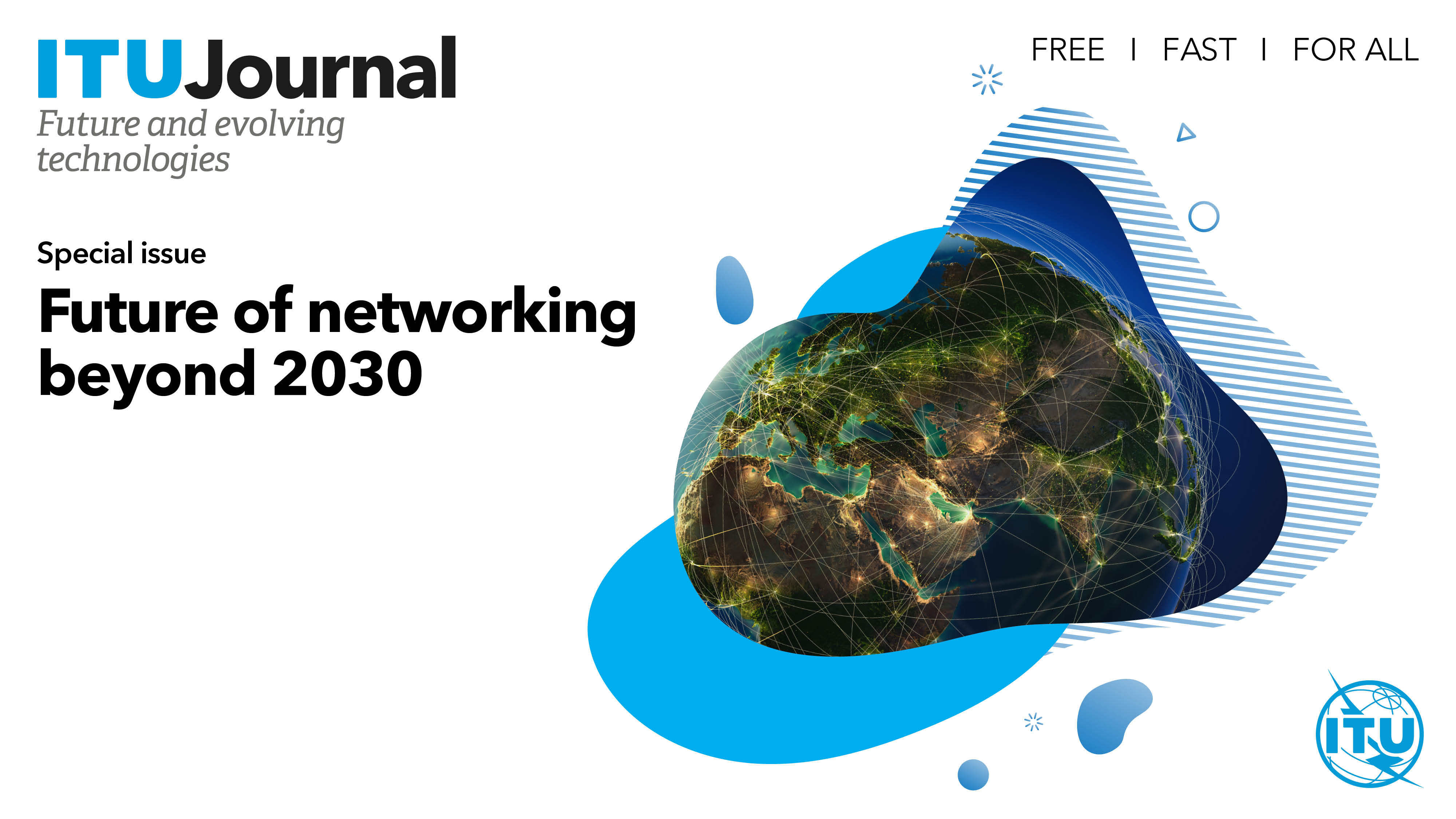
Theme
Network technologies have been a great success globally. With growing business and economy, new applications are continuing to emerge. In particular, many new applications are being enabled and new requirements are needed to support 5G and 6G. ITU-T Focus Group on Network 2030 has identified a number of use cases, analyzed the technical gaps, and described some new services that are required to support new applications in the years to come.
Some new applications, for example, industrial manufacturing and control in connected industries, require KPI guarantee in terms of throughput, latency, and packet loss; some applications require massive machine-to-machine communications that have different characteristics than man-to-man and/or man-to-machine communications; other applications might depend on the integration of satellite and terrestrial networks and extend IP routing to satellite networks. Various applications may also require qualitative communications that deliver as much information as possible without retransmission and always try to deliver the most important information; and others may require features and functionalities that the current networks do not provide.
Many applications do not respond gracefully when service levels deteriorate and cannot be promoted without further technological advances in network communications. The network needs to evolve in a non-disruptive way and provide the new service capabilities that will be essential in the future. For instance, a fully connected supply chain and intelligent manufacturing are necessary to maintain production cycles. To meet these goals, new applications are needed, which in turn demand new network services to customize scenarios in each vertical. It requires the modernization of general-purpose protocols for industrial process control. Industrial applications cannot degrade due to outages or unreliable responses from the networks.
With networks becoming increasingly complex, heterogeneous, and dynamic, manual administration is far from enough. Leveraging automated decision-making from the fields of Artificial Intelligence (AI) and Machine Learning (ML) has proven to be beneficial. Such AI and ML techniques could make a similar impact on the networking ecosystem and have already transformed many other fields. They may assist in network self-organization, autonomous and intelligent control on network-wide behaviours, provide intelligent solutions for resource allocation, traffic classification, routing, scheduling, abnormality detection, etc. Moreover, the decisions made by an AI-based model with humans out of the loop may have undesired side effects. Innovations in a better understanding of those decisions through formal verification methods, explanation, and trustworthiness of such findings may be desired.
To maintain critical and emergency response infrastructure functioning reliably, innovative path diversity is required. Such paths will require for example, closer integration between terrestrial and satellite communication which may lead to new traffic engineering methods and end-to-end transmission control protocols.
Energy conservation is one of the major concerns nowadays on a global scale. With Internet traffic growing so fast, more high-speed and large-capacity routers and switches have been deployed by Internet Service Providers (ISPs). They consume a considerable amount of power. The Information and Communication Technology (ICT) sector is responsible for a very large percentage of the worldwide electricity consumption. New network infrastructures, networking protocols, router and switches are required to reduce energy consumption.
Keywords
Internet technology, Internet protocol, QoS, KPI guarantee, high precision networking, lossless network, AI and ML for networking, holographic type communication, addressing and routing, green Internet
Tracks
-
Innovative Internet services and enabling technologies
-
Machine Learning and AI for networking
- Green Internet
- Internet addressing and routing
- Emerging Internet applications and scenarios
- Network architecture and protocols
Prospective authors are cordially invited to submit their original manuscript (research or survey/tutorial article) on the suggested topics listed in the
FULL call for papers.
Leading Guest Editor
Guest Editors